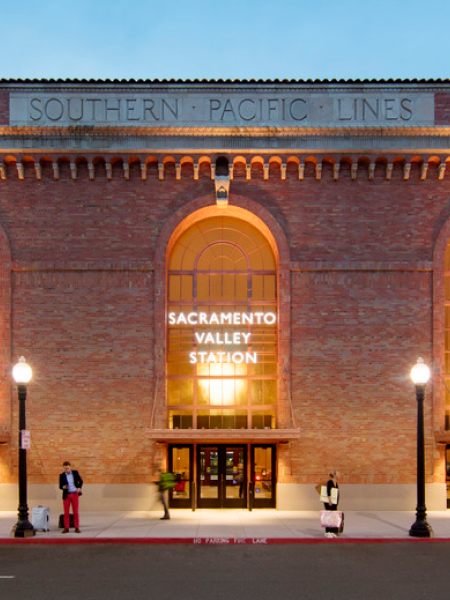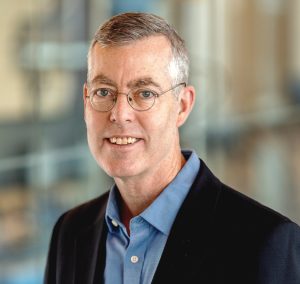Mass Masonry Buildings, Part 1: Construction, Materials, Behavior, and Common Problems

For owners and stewards of monumental historic masonry buildings, it is crucial to understand the construction, materials, and unique challenges posed by mass masonry construction. These pre-WWII stone or brick masonry buildings may appear similar to later stone or brick masonry buildings, but their construction, behavior, and typical problems are fundamentally different than those of their successors. In the first session of this two-part webinar series on mass masonry buildings, we will explore the construction and materials of these structures, their design behavior (both structurally, and in terms of water management), and their common problems.
LEARNING OBJECTIVES
After attending this webinar, participants will be able to:
- Describe the construction of mass masonry buildings.
- Describe the typical materials used in mass masonry wall construction.
- Describe the typical structural and water management behavior of mass masonry buildings and how they differ from their later successors.
- Discuss common problems that occur over time with mass masonry buildings.
Participants will earn 1.0 AIA CES Learning Unit (LU/HSW) for attending the live webinar. Registration is free. Please note that space is limited – email events@sgh.com to join our waitlist if the session is closed when you register.
